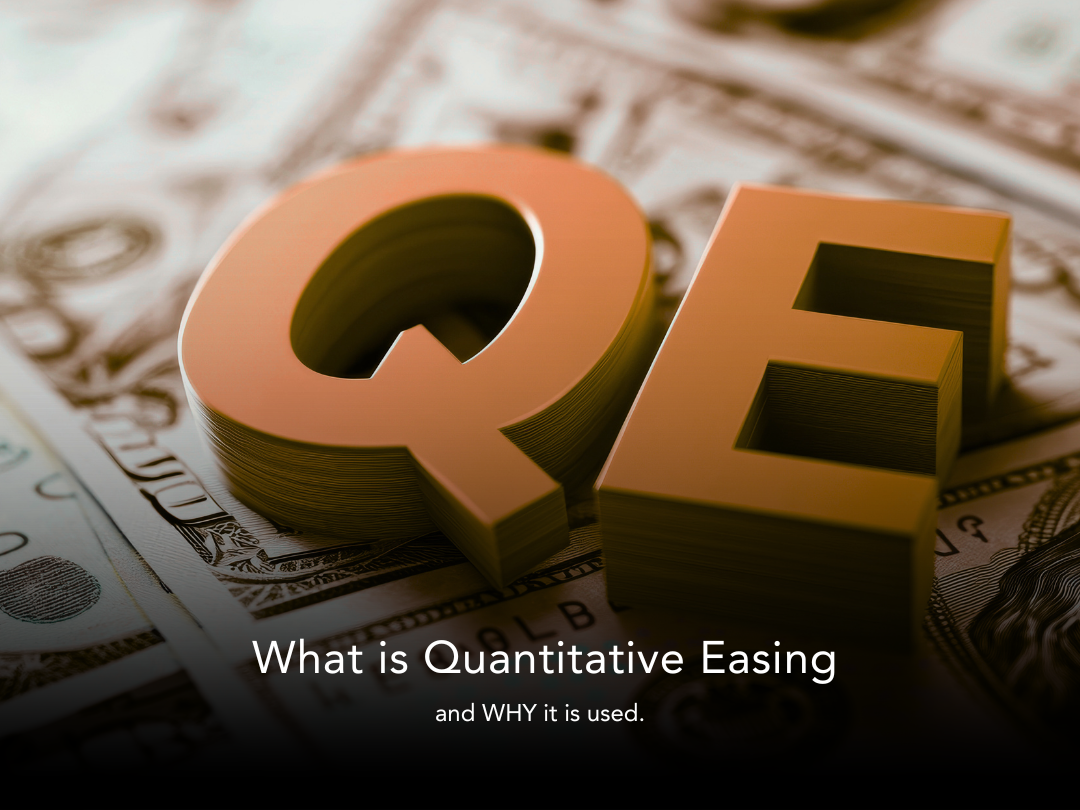For decades, global investors have used Japan as a funding base for one of the most influential financial strategies in modern markets: the yen carry trade. Recently, however, the world has begun to face the possibility of a reverse carry trade where capital that once flowed out of Japan may rush back in. If this reversal were to occur at scale, the implications for global markets, especially the U.S. economy, could be significant.
This article breaks down how the carry trade works, why it could reverse, and—most importantly—what a full unwind might mean for the United States.
What Is the Yen Carry Trade?
The yen carry trade exploits the interest rate differential between Japan and higher-yielding economies.
How It Works
Borrow in Japanese yen at extremely low interest rates (near zero or below zero for many years).
Convert the yen to U.S. dollars or another currency.
Invest in higher-yielding assets such as:
U.S. Treasury bonds
Corporate bonds
Equities (especially tech and growth stocks)
Emerging market assets
Why It Was Attractive
For years, the Bank of Japan (BoJ) intentionally kept interest rates ultra-low to fight deflation. Meanwhile, the Federal Reserve maintained comparatively higher rates.
This produced a powerful incentive: cheap yen funding → higher U.S. returns.
As a result, trillions of dollars of global capital were influenced by this mechanism whether explicitly or indirectly.
What Is the Reverse Carry Trade?
A reverse carry trade occurs when the conditions supporting the original trade disappear.
When does this happen?
The BoJ raises interest rates or signals a shift away from ultra-easy policy.
U.S. or global yields fall, shrinking the interest-rate advantage.
The yen strengthens, raising the cost of paying back yen-denominated loans.
When these conditions appear, investors:
Sell foreign assets (including U.S. stocks and bonds),
Convert the proceeds back into yen,
Repay yen liabilities or reinvest in Japan.
This causes a capital flow reversal.
What Would Trigger a Massive Unwind?
A large-scale unwind would require one or more of the following:
Bank of Japan Tightening More Aggressively
If the BoJ transitions into a sustained tightening cycle—raising rates or ending yield-curve control—yen-funded trades become less attractive.
Rapid Yen Appreciation
A sharp yen rise increases the cost of servicing yen debt.
Investors may panic, unwind positions, and flee back into yen to avoid currency losses.
Falling U.S. Interest Rates
If the Fed cuts rates or if U.S. yields fall sharply (recession, lower inflation, policy pivots), the rate differential collapses.
Global Risk-Off Events
Geopolitical shocks, credit contractions, or liquidity crises increase risk aversion pushing Japanese investors to repatriate funds.
Any of these events could cause “forced unwinds,” accelerating the entire process.
What Happens to U.S. Markets If the Carry Trade Unwinds?
Here is where the impact becomes very real for the U.S. economy.
U.S. Stock Market Volatility Increases Especially in Tech
Japanese investors are major foreign participants in U.S. equity markets, directly and indirectly.
If they unwind positions:
Large-cap tech stocks (which dominate indices) may experience sharp drawdowns.
Momentum-based strategies could reverse suddenly.
Hedge funds using leverage could face margin pressure, fueling forced sales.
This risks a cascading selloff similar to the unwind of 2008’s global carry trade or the 1998 LTCM crisis.
Treasury Yields Could Fall Initially, Then Become Unstable
A carry trade unwind typically triggers:
Initial buying of Treasuries as global investors seek safety.
But when Japanese investors sell their Treasury holdings to repatriate yen, that creates the opposite effect.
So the path could be:
Short-term drop in Treasury yields (flight to safety),
Followed by higher yields from foreign selling pressure,
Increased volatility throughout.
Treasuries are the backbone of global financial stability, volatility here feeds into mortgage rates, corporate borrowing, and equity valuations.
Stronger Yen → Weaker Dollar
A rising yen typically means a declining U.S. dollar.
Consequences include:
Imported inflation rising in the U.S. (higher prices for goods priced in foreign currencies),
Reduced purchasing power abroad for U.S. businesses and travelers,
Potential pressure on multinational corporate earnings.
A sharp dollar decline can also spook markets by signaling reduced global demand for U.S. assets.
Liquidity Decreases Across Markets
An unwind drains liquidity because:
Capital flows back into Japan,
Leveraged positions are closed,
Risk appetite disappears.
Lower liquidity means:
Wider bid–ask spreads,
More violent market swings,
Higher cost of capital.
This is often the hidden mechanism behind financial shocks.
Risks to the Broader U.S. Economy
A full reverse carry trade unwind could influence the real U.S. economy in several ways:
Higher Borrowing Costs
Volatile Treasury markets lead to:
Higher mortgage rates,
Costlier business loans,
Strain on commercial real estate refinancing,
Tighter credit conditions overall.
Corporate Earnings Pressure
A stronger yen/weaker dollar environment hits multinational earnings guidance especially tech, automotive, industrials, and consumer goods.
Slower Consumer Spending
If asset prices fall (stocks, real estate), consumer confidence drops, reducing spending, the largest component of the U.S. economy.
Recession Probabilities Increase
If financial conditions tighten rapidly, the Federal Reserve may face:
Persistent inflation from a falling dollar,
But also slowing growth from asset-price declines.
This creates a stagflation-like dilemma, complicating monetary policy.
Could the U.S. Actually See a Financial Shock?
A full unwind of the yen carry trade is one of the few events analysts describe as having systemic risk potential.
Why?
Because the carry trade:
Is deeply embedded in institutional portfolios,
Involves significant leverage,
Spans multiple asset classes,
Influences currency markets and bond markets simultaneously.
If the unwind is gradual, the U.S. can absorb it.
If it is sudden or triggered by a crisis, the U.S. could see:
A sharp equity market correction,
Surging Treasury volatility,
Disordered currency markets,
Liquidity stress similar to 2020 or 2008.
Could There Be Positive Effects for the U.S.?
It’s not all downside.
If the yen strengthens dramatically:
Japanese demand for U.S. exports could rise,
U.S. inflation could cool from lower commodity prices (if global slowdown occurs),
The Fed may gain cover to cut rates sooner.
But these positives are secondary to the primary financial stability risks.
The reverse yen carry trade is not just a currency story, it's a global capital flow story.
If the trade unwinds in a controlled manner, the impact on the U.S. economy may be manageable. But if it unwinds abruptly, it could trigger:
Significant equity market volatility,
Treasury market instability,
Dollar depreciation,
Liquidity tightening,
And potentially a broader economic slowdown.
The yen carry trade is one of the quiet pillars supporting global financial markets. If it cracks, the ripple effects will be felt across the U.S. economy from Wall Street to Main Street.










